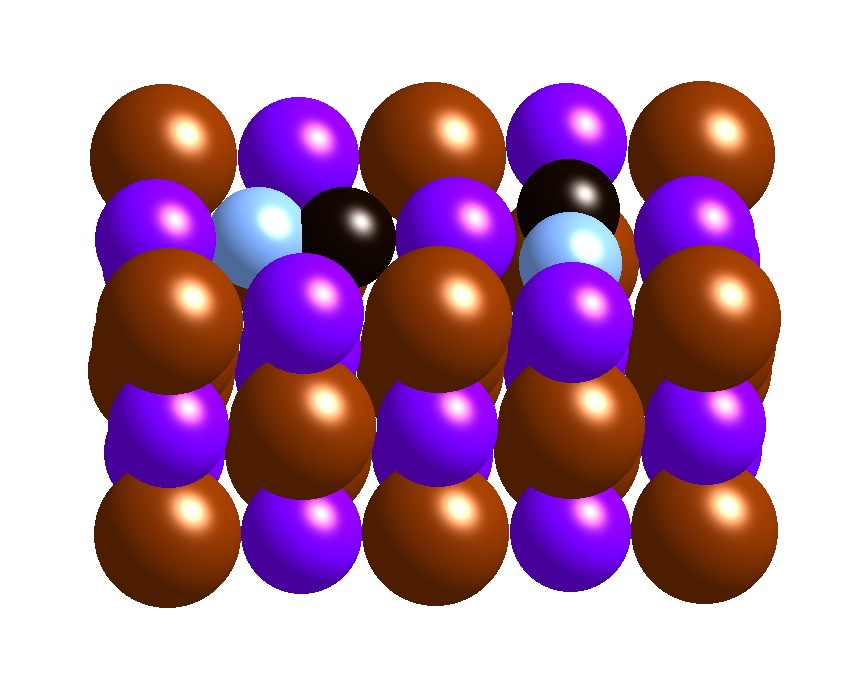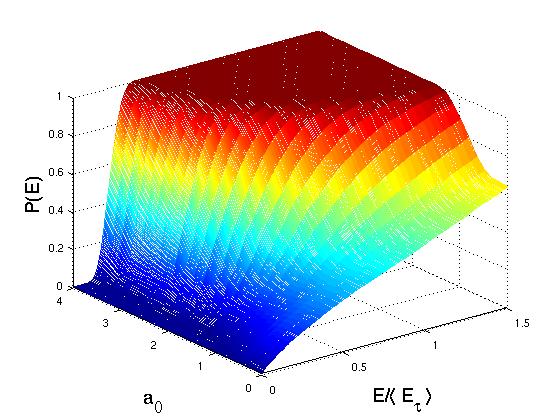Quantum disordered magnets
Moshe Schechter
The interest in magnetism, and specifically quantum magnetism, is twofold. Firstly, magnetic materials are of immense significance for the advance of technology. With reduced size of current and future devices, quantum effects become relevant, and their understanding is crucial to further advance. At the same time, magnetic systems are an ideal tool in the study of various physical phenomena, as they allow the realization of theoretical models with negligible extraneous interactions, and with the ability to tune the relevant parameters.
Perhaps the most studied model for interacting systems is the Ising model. With the addition of a transverse field term and a random field term the model is described by the Hamiltonian
\(H_{Is}=-\sum_{ij}J_{ij}S_i^zS_j^z-\Gamma\sum_iS_i^x-\sum_ih_iS_i^z\)
and allows the study of the interplay of interactions with quantum fluctuations and disorder. This interplay is of much recent interest, as it is essential in phenomena such as the superconducting-insulator transition, the quantum Hall effect, and high superconductivity. Recently we have shown that this model is realized in anisotropic dipolar magnets, allowing its experimental study in new regimes. This both led to an understanding of existing experiments, and motivated new experiments which were recently done and raised new questions regarding the disordering of spin glasses and ferromagnets by random fields. Current questions of interest include the transition between the ferromagnetic and glassy phase as function of disorder, random fields in nano magnetic grains, and entanglement of different degrees of freedom near the quantum phase transition.
Low temperature universality in disordered solids
Moshe Schechter
A large variety of otherwise very different amorphous and disordered solids show, at temperatures lower than 3 Kelvin, remarkable universality in their properties.
Most astounding, the ratio \(\lambda/l\) of the phonon wavelength divided by its mean free path is roughly 1/150, this value being constant in wavelength, temperature, and very similar between otherwise very different materials.
For 4 decades this phenomenon is discussed within the framework of the phenomenological model of tunneling two level systems (TLSs). However, crucial questions such as the nature of the tunneling states, the universality and smallness of the ratio \(\lambda/l\) , and the energy scale dictating the temperature of 3K below which the phenomenon is observed, remain unanswered.
We have recently suggested a novel model to explain the above questions, where tunneling states are classified to symmetric and asymmetric with respect to local inversion (examples are \(180^\circ\) flips and \(90^\circ\) rotations of the CN impurity in the picture at the bottom left). The “symmetric” TLSs couple weakly to the phonons, yet gap the asymmetric TLSs at low energies – the DOS of the latter is shown at the bottom right. We are now interested in using the theory to calculate further relevant physical quantities, and in the rigorous generalization of the theory to amorphous solids. For more details see arXiv:0910.1283.

